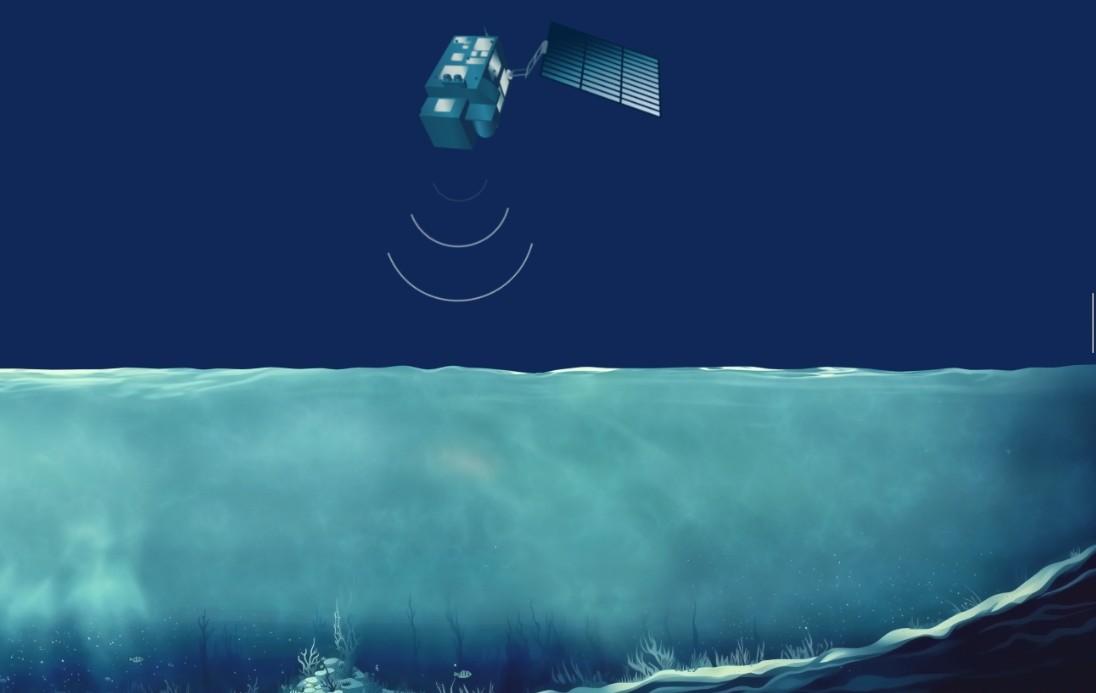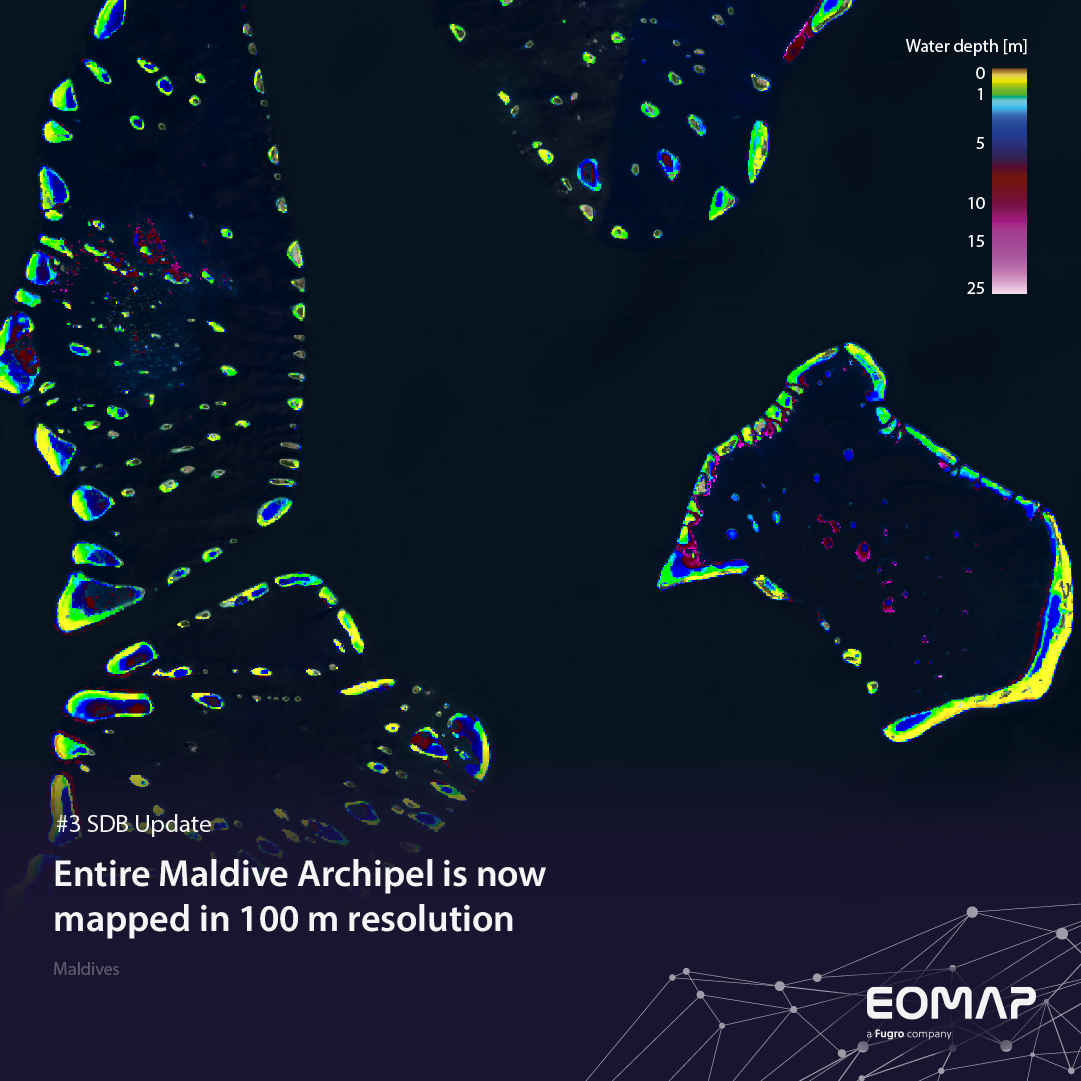
Stewart Dunne – Former Hydrographer of Australia
On occasion of World Hydrography Day 2024, hydrographer Stewart Dunne talked to Knut Hartmann of EOMAP about his personal experiences, the uptake of new technologies and upcoming trends he sees in the hydrographic domain.
Stewart Dunne joined the Royal Australian Navy in 1990 and has a wide operational and capability acquisition background. He specialized as a Hydrographic Surveyor in 2000 and was selected as Hydrographer of Australia in 2020, leading the Australian Hydrographic Office and representing the Government’s hydrographic interests domestically and abroad. He transitioned from the Navy in 2024 and is currently a Director of his own consultancy business, AusPac Hydrospatial, and a Non-Executive Director on the Board of the Geospatial Council of Australia.
The 7 questions of the interview cover
- Stewart Dunne’s personal pathway
- his view on this year’s theme of World Hydrography Day (WHD)
- the journey of hydrography since the first WHD in 2006
- his experience with the use of satellite technology for shallow water mapping (SDB) for both national charting and military purposes
- his personal advice as an innovator to other Hydrographic Offices and Navies that might be reluctant to embrace new techologies
- insights on upcoming technologies and drivers of highest relevance for the hydrographic domain
- an outlook on more career paths and diversity in the very male-dominated field of hydrography.
A short preview of some quotes:
… on this years theme of WHD 2024
This is a great theme. It really points to the value of hydrospatial information as underpinning all that is important in the maritime domain. It supports and delivers safety of life at sea through the provision of nautical charts, it protects our environment and the marine flora and fauna within, it allows us to legally claim our maritime boundaries, it facilitates most of Australia’s trade and allows us to exploit the marine environment in a safe and sustainable way. Hydrographic information is fundamental to almost every marine activity.
… on the value of Satellite-Derived Bathymetry (SDB) for hydrography
On the national side, SDB is used as a planning tool to better understand where data collection surveys should take place and then once decided, the data is used as a safety tool to understand where the dangers to navigation lie. The ability to ‘see’ and then correctly position navigation safety hazards, such as reefs etc, allows every Hydrographic Office to update charts in a way where it most matters. I would say that every country has charts that are outdated, SDB is a great tool to help remedy aspects of this.
… on experiences when working with EOMAP
From my experience, the long involvement with EOMAP has helped us better understand the wide utility of earth observation data, products and services. SDB and hydrographic remote sensing give the end user far greater reach, a hands-on approach in the office, quicker results for a fraction of the cost of traditional data collection means.
… on key drivers for the hydrographic domain
I think holders of data need to understand that in the modern era, data collection, management and storage are, generally speaking, very expensive and a sunk cost. How we unlock the true value of the data is by building contemporary and exploitable foundation datasets and making this available to multiple users. From a government perspective, this is about making data available across agencies. The maxime, that you should collect once and use multiple times, is absolutely true. To fully exploit the innovations that are available – digital twins, virtual and augmented reality – you need good – quality and quantity – data. SDB has a great role to play here.
… and Stewart’s final statement
„Innovation isn’t always about getting the next best piece of equipment, it’s also about changing the way we think!”
Here is more on World Hydrography Day 2024.
Contact
Andrea Schmölzer, Head of Marketing Communication, Email: schmoelzer@eomap.de
Find more topics, a short company profile and recent press releases in the EOMAP Press Room.
Latest EOMAP News
Reuters bases Mekong article on EOMAP data
From Climate to Nature and Biodiversity: Insights on COP30
Water Crisis in Iran – Lessons to be learned
Italian Webinar: Water Quality Monitoring from Space
Projektstart SEAGUARD
SDB Update #9 – Validation and Accuracy
Related Posts

11 / 2025
Projektstart SEAGUARD

10 / 2025
SDB Update #9 – Validation and Accuracy

10 / 2025
SDB Update #8 – Multisource Bathymetry

08 / 2025
SDB Update #7 – Topobathy of the Red Sea

07 / 2025
SDB Update #6 – Satellite-based Topobathy Models

07 / 2025
SDB Update #5 – Storymap on Satellite-Derived Bathymetry

06 / 2025
SDB Update #4 – Northern Canada’s shallow waters mapped in 100 m

06 / 2025
SDB Update #3 – The Maldives’ shallow waters mapped in 100 m

05 / 2025
SDB update #2 – The Bahamas mapped in 10 m

05 / 2025


